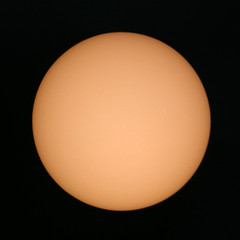Candia V1
Problem statement
My pupils are not large enough to gather signifigant amounts of intergalactic photons. I need bigger eyes. I bought a 10" F4.5 telescope mirror on ebay for $600. Also got a 2" secondary mirror.
Device Description
Candia is a simple Dobsonian telescope. Possible to prop up onto an equatorial table if need be.
Results
Alt-azimuth mount
The scope worked well in this configuration but obviously was limited in magnification and photography purposes due to the mount type not matching the apparent motion of the stars.
Equitorial Table
The equatorial mount was useless without a drive motor and the balance was terrible and difficult to control. Counterweights only went so far because the design was badly centered. Wind was a big issue with the small bearing diameter. Still, it was quite helpful for lengthy viewing at low magnifications and a drifting object could be brought back into view without much effort.
Photos
While long exposures were impossible, it was possible to photograph the moon, sun, and planets using a webcam
Fate
The telescope was left at the senior design lab at the University of Idaho over the summer of 2008 while I was in Bolivia. The telescope was assumed to be left overs from an old project and was dismantled and thrown away. The optics were placed on a "free to anyone" table and I was lucky to get them back at all, though I lost the mirror cover and a $200 focuser. But now I can rebuild! Candia_V2 lets go!







